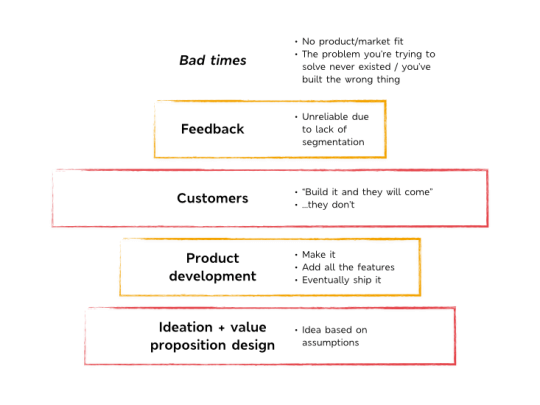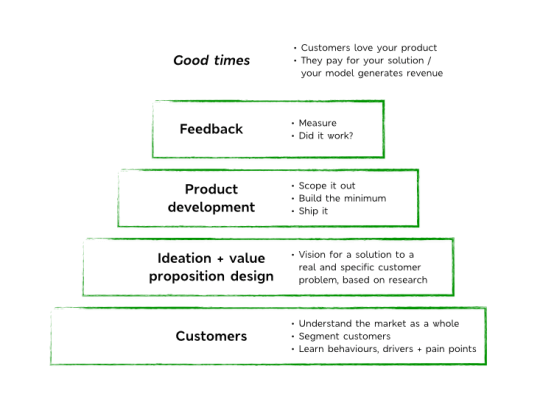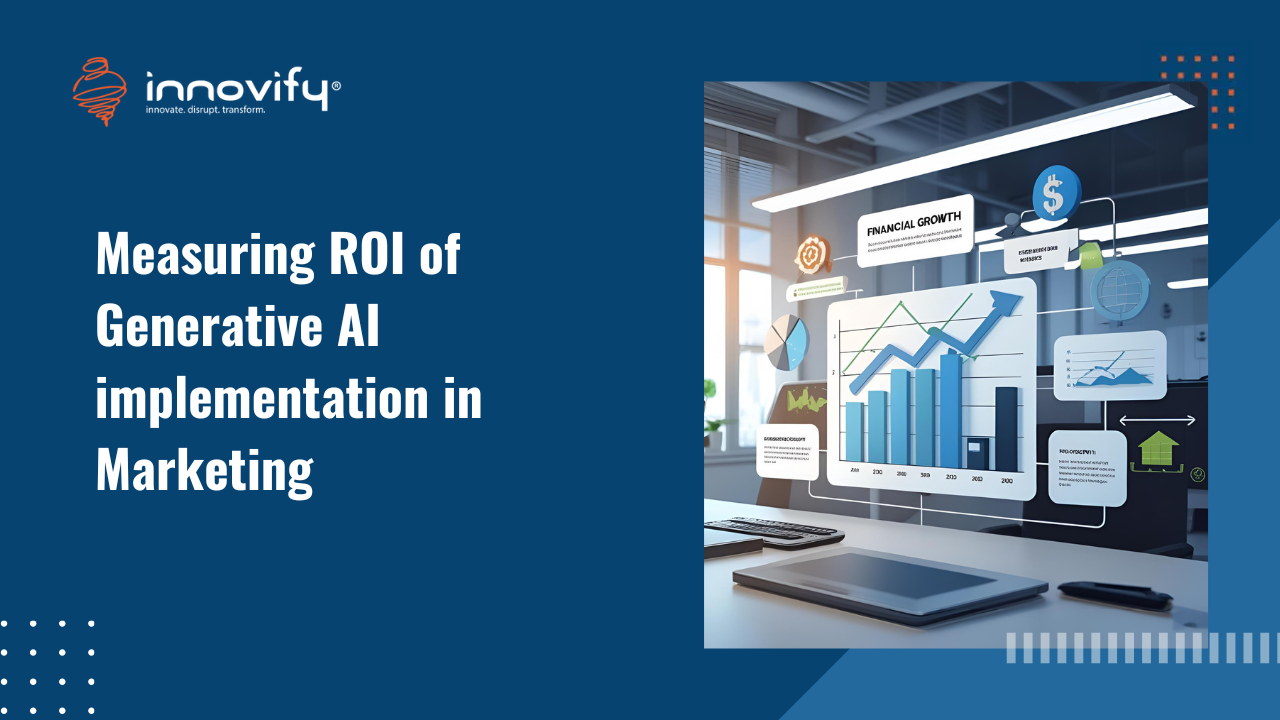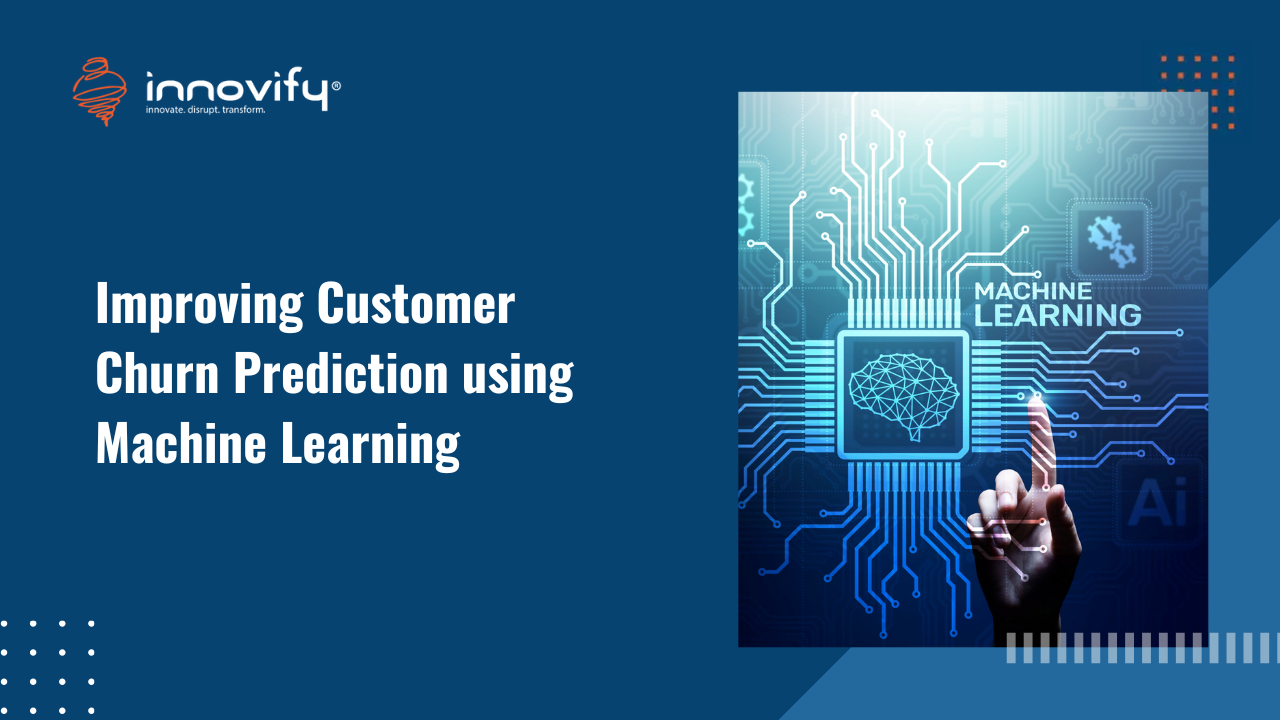AI/ML
Why Product Development is Stuck in the 20th Century?
We are living in one of the most exciting times in human history for new product development. The pace at which new technologies are being adopted is phenomenal. However, one of the biggest problems with innovation is the pace at which the innovation itself happens. This is because too many innovators, including entrepreneurs, startups and corporations are still stuck in the past with their ancient methodologies of getting things done.

The problem exists because too many entrepreneurs and investors are cautious, carefully looking at every possible outcome before taking any decisions. Possibly, this may be due to lack of confidence in the core value of the product itself.
The result is a slow, tentative approach to product creation. Every step involves rethinking or reworking the entire campaign (or, worse, just ploughing ahead with the original idea and ignoring feedback).
It’s the 21st century, but so many innovators still use the same approaches that have been done for innovation since the 20th. The process of working out the value, the materials, and the distribution takes time, and it’s only in the latter stages that it can be determined if it’s anything more than a gamble.

The big shift now is the possibility of real-time information. We can now gain feedback from early adopters and first users while we’re testing other aspects of the product. Companies like Google & Facebook are already doing this, however for incremental innovations only. We’re moving towards being able to share blueprints and design worldwide and solving both the raw material and distributions at once. There is a real possibility of crowd-sourced radical innovation to happen in near future.
By testing multiple aspects of the product simultaneously, in an agile and iterative way, the whole process becomes more appropriate for the 21st century.
Think of it as Agile Innovation, in the same way, that agile project management has become popular. This hasn’t happened because of a fad – it’s happened because it allows smaller companies to achieve more in a short amount of time. And it’s succeeded because it is adaptable, reactive and forward focused.
It’s about a super-focused level of concentration on every part of the product journey, gaining insights while working on new iterations. It’s about getting tech and design experts working while gaining feedback, all in parallel.
It’s a pressured, deadline-focused approach and it’s not for everyone. But by working in multiple dimensions, in short iterations with real-time feedback and insights, the product process is forced to adapt and evolve in the right direction in order to succeed.
In order for a new Innovation to succeed in the 21st century, it’s going to have to compete in a 21st century way, with 21st century processes. This means a more confident, assured approach to Innovation development that delivers a tested, reliable product quickly.
The biggest advantage is that this is achievable already. This isn’t something we need to wait to do. The experts are available, the technology exists and there are tried and tested approaches that can be used right now. The only element lacking in many companies is the required mindset, especially from project sponsors and stakeholders.
The biggest advantage is that this is achievable already. This isn’t something we need to wait to do. The experts are available, the technology exists and there are tried and tested approaches that can be used right now. The only element lacking in many companies is the required mindset, especially from project sponsors and stakeholders.
If businesses (especially corporates) are going to compete in a 21st century environment, that means they’ll need to use an Agile Innovation approach for new product development. This means an adaptable, fast-moving way of developing products, that allows you to react and adapt to issues you face as they arise. Otherwise, they’re going to be left behind by innovators who actually take that approach.
If businesses (especially corporates) are going to compete in a 21st century environment, that means they’ll need to use an Agile Innovation approach for new product development. This means an adaptable, fast-moving way of developing products, that allows you to react and adapt to issues you face as they arise. Otherwise, they’re going to be left behind by innovators who actually take that approach.



